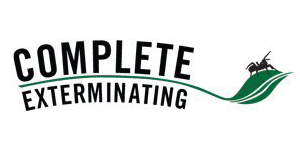Pests
We Exterminate Rats, Mice, Yellow Jackets, Wasps, and more in Vancouver, WA and Portland, OR. Our Pest Control Services are Safe for Families, Pets, and The Environment.
Identify and Learn About Common Northwest Pests
- Rodents
- Mice
- Bed Bugs
- Rats
- Norway Rats
- Roof Rats
- Wasps
- Yellow Jackets
- Boxelder Bugs
- Spiders
- Carpenter Ants
- Odorous House Ants
- Pharaoh Ants
- Moisture Ants
- House Flies
- Fruit Flies
- Cluster Flies
- Blow Flies
- German Cockroaches
- Asian Cockroaches
- American Cockroaches
- Western Subterranean Termites
- Dampwood Termites
- Springtails
- Indian Meal Moths
- Silverfish
- Fleas
